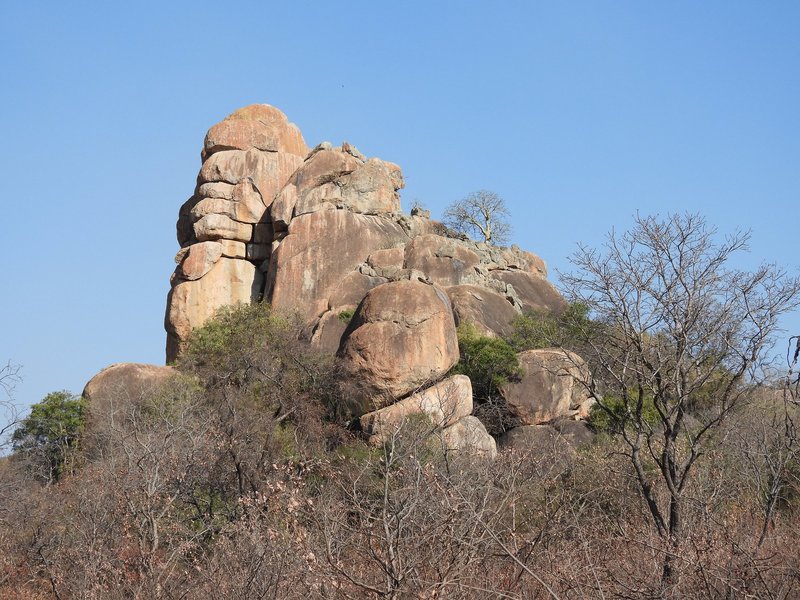Els Slots
WHS with Inselbergs
Inselbergs is a Connection we have had for a long time, and it has 23 entries. They may be so popular because they are literally "outstanding" features in a landscape. Let’s have a closer look at Inselbergs and their position on the World Heritage List.
What is an Inselberg?
An inselberg is created when a body of hard, erosion-resistant rock is left standing after the surrounding softer, less resistant rock has weathered away. This process is called differential weathering.
Where does the name come from?
“Inselberg” literally means “Island mountain”. It is a loan word from German, as it was coined by the German geologist Wilhelm Bornhardt in 1900. They are known as "monadnock" in the US (an indigenous Abenaki term), or "kopje" (Afrikaans) in southern Africa.
Globally?
The 23 connected WHS with Inselbergs show a wide geographic spread:

Still, you won’t find them everywhere:
Europe has very few inselbergs. This is mostly due to the impact of the recent Ice Ages. Vast ice sheets acted like colossal bulldozers. This erased any inselbergs that might have been forming. After the glaciers melted, they buried the landscape with massive deposits of sediments such as sand and gravel, preventing the classic "mountain on a plain" topography from being visible. The Laponian Area and Vega Archipelago remained uncovered during the glaciations, so “monadnocks” are present there.
East Asia also has few inselbergs due to its geological dynamicity, where powerful tectonic forces create mountains with deep valleys and sharp, jagged peaks. This is in contrast to classic inselbergs, which form on stable, ancient, flat plains where slow erosion exposes resistant rock.
Big and small ones
Inselbergs can be big and small. The “kopjes”, small boulders that decorate the grassy landscapes of the Serengeti and other African plains (iconically with a resting lion on top), are also considered to be inselbergs.
The largest inselberg on the List is Uluru, rising 348 meters above the desert floor. It has a total circumference of 9.4 kilometers and covers an area of 3.3 square kilometers.

Do they always consist of granite?
No. While granite is a very common rock type for these formations due to its hardness and resistance to weathering, other materials, such as sandstone, can be seen as well.
From the Inselbergs in our connection, the overwhelming majority consists of granite. Only Uluru and those in Saudi Arabia's Hail Region consist of sandstone.
Types and not-true inselbergs
Not everything that looks like an inselberg is one. There are subtypes, such as Bornhardt (named after another German), an example of which is Rio’s Sugarloaf Mountain.
And we had listed the following four as well in the connection, but after a closer look, they do not meet the criteria:
- Chief Mountain in Glacier National Park: this is an overthrust known as a klippe (yet another German geo term), caused by tectonic processes.
- Fernando de Noronha: these are volcanic peaks, they were not caused by erosion.
- Jebel Hafeet in Al Ain: this is a lone mountain.
- Sierra del Rosario in the Gran Desierto de Altar: this is an uplifted ridge.

Spiritual meaning
What especially stands out among the Inselbergs on the World Heritage List, in comparison to the general literature on Inselbergs, is their spiritual significance. Sites such as Tsodilo, Mulanje, Uluru, Matobo, Sigiriya and Dambulla were inscribed for their cultural criteria. Even the South American tepuis have a spiritual link: tepui means "house of the gods" in the native tongue of the indigenous Pemon.
Do you know of more WHS with Inselbergs to add to the connection?
More on
Els SlotsComments
No comments yet.
